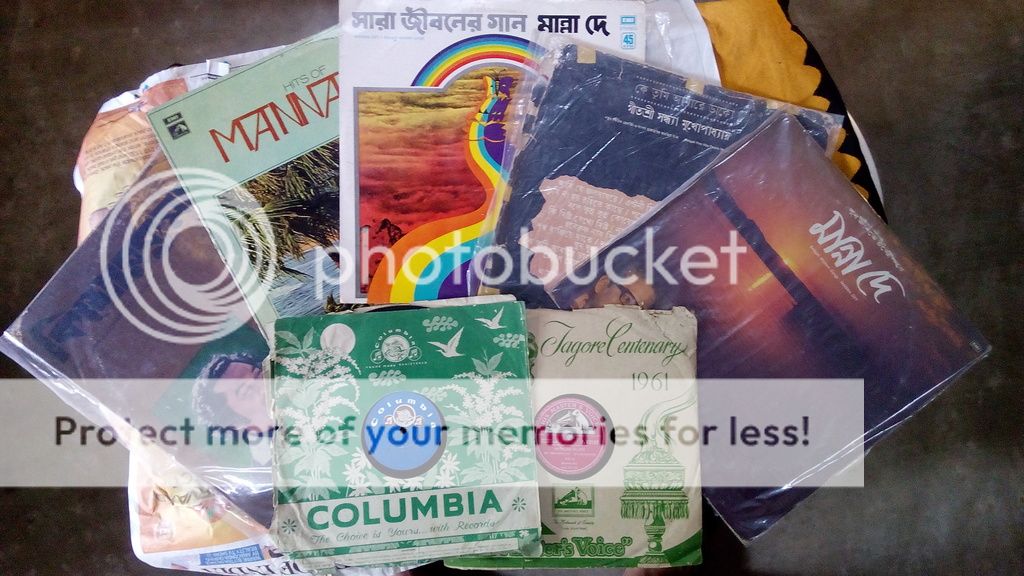anirban420
Well-Known Member
Way back in 1976, my father was then 21 years old boy. He owned a HMV STEREO 666 that time. HMV and PHILIPS record players were dominating the market that time. Mostly the budget players were highest selling. HMV STEREO 666 was also a budget player of that time. Its price was Rs. 1768/- only that time. Though the player was an entry level model, it became a member of our family gradually, not from a audiophile point-of-view, but from an emotional value. This player was used in many social occasions in our home, as well as my father used to play it in puja pandals arranged by him and with his friends. I can remember that I used to sit in front the player starring at the rotating large black discs and gradually moving tone arm from the periphery to the center, these things usually made me astonished. Time goes on, and new things replace the older one. Its now the era of listening music in mobile phone, peoples including me and my family members have forgotten listing music on those engraved black disc. Suddenly I found the player in my home, it was packed in a corner of my house. I feel nostalgic by seeing it after a long long time. The player is now 40 years old. I switched it on, It sounds creepy. Sound was coming when I connected my mobile in AUX port, but something is missing, a serious lack of bass i noticed. Also, the turntable part was not moving, however, the motor was revolving. Stylus was missing. And I can remember the original pickup cartridge was broken in my childhood. i replaced it with a non-HMV cartridge which needed a strange looking stylus.
I was attacked by nostalgia fever. Planned to restore the player. I know it sounds average, and this is not a cost-worthy project. But those childhood memories attached with the player have great importance to me, and this the inspiration of restoring the oldie....
So, this is the story of restoration of my sweet old HMV STEREO 666.
I was attacked by nostalgia fever. Planned to restore the player. I know it sounds average, and this is not a cost-worthy project. But those childhood memories attached with the player have great importance to me, and this the inspiration of restoring the oldie....
So, this is the story of restoration of my sweet old HMV STEREO 666.












